|

|
Second Meeting of the Conference of the Parties
serving as the Meeting of the Parties to the Cartagena Protocol on
Biosafety
30 May - 3 June 2005, Montreal,
Canada
|
|
|
|
Earth Negotiations Bulletin - ENB
|
|
Click on the above days to view previous ENB Web coverage.
|
|
|
Highlights
for Monday, 30 May 2005
|
|
|
The second
meeting of the Conference of the Parties to the Convention on Biological
Diversity (CBD) serving as the meeting of the Parties to the Cartagena
Protocol on Biosafety (COP/MOP-2) opened on Monday, 30 May 2005, in
Montreal, Canada. Delegates convened in plenary and working group
sessions. Plenary heard opening statements and reports, and addressed
organizational matters. Working Group I (WG-I) addressed the Biosafety
Clearing-House (BCH), and risk assessment and risk management. Working
Group II (WG-II) considered capacity building, including the roster of
experts, and notification requirements.
Above photo L-R: Ahmed Djoghlaf (UNEP), Hamdallah Zedan,
CBD Executive Secretary, Suboh Mohammed Yassin, COP/MOP-2
President, Cyrie Sendashonga (CBD), Dan Ogolla (CBD) and Xueman
Wang (CBD).
|
|
|
|
|
PLENARY
|
|
OPENING
STATEMENTS:
|
|
|
|
|
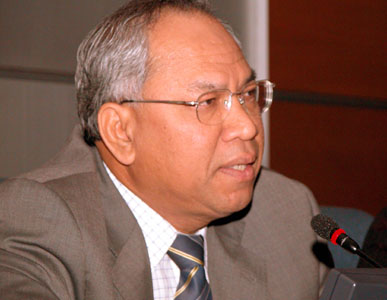
|
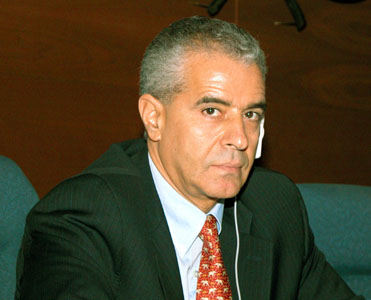
|
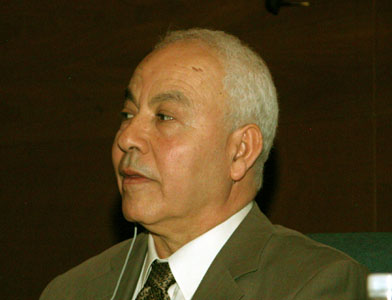
|
|
COP/MOP-2 President Suboh
Mohd Yassin, Deputy Secretary-General of the Ministry of Natural
Resources and Environment of Malaysia, opened the meeting, calling on
delegates to complete the programme of work of COP/MOP-2.
|
Ahmed Djoghlaf, on behalf of UNEP Executive Director
Klaus Töpfer, said combating hunger and achieving food security are
laudable goals in the context of development and biosafety.
|
CBD
Executive Secretary Hamdallah Zedan noted 119 countries have
ratified the Biosafety Protocol and thanked those supporting
participation in COP/MOP-2 by developing countries.
|
|
|
|
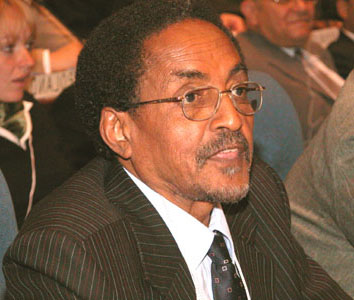
|
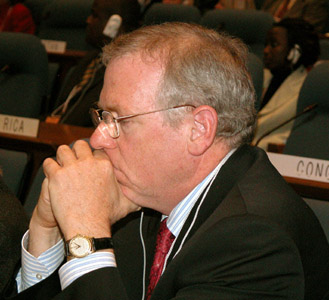
|
|
Ethiopia, on behalf of the AFRICAN GROUP reported problems in
the granting of visas and proposed further discussions on the issue.
Above
photo: Tewolde Egziabher (Ethiopia)
|
Referring to visa
difficulties experienced by some delegations, CANADA assured that it
would continue working with the Secretariat to ensure delegates may
enter the country.
Above photo: Barry Stemshorn (Canada)
|
|
|
|
|
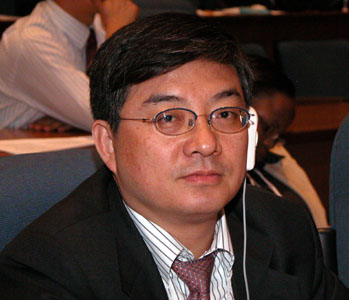
|
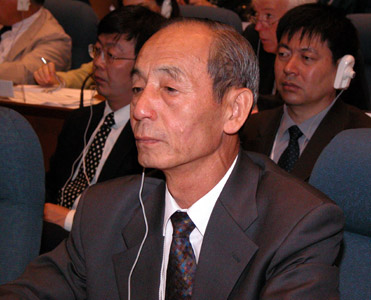
|
|
The REPUBLIC OF KOREA reported on its progress towards ratifying
the Protocol.
Above photo: Yoo Yeon-chul (Republic of Korea)
|
CHINA noted its recent ratification of the Biosafety Protocol and outlined
national biosafety-related activities.
Above photo: Chen Weixue (China)
|
|
|
|
|
|
|
|

|
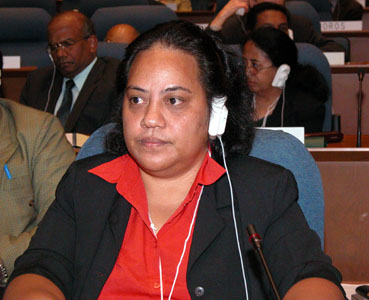
|
|
The Netherlands, on
behalf of the EU and BULGARIA, stessed that the main objective of the
meeting should be to further the Protocol’s implementation,
taking into account the interests of developing countries, and both
exporter and importer countries.
Above photo: Yvo de Boer (The Netherlands)
|
Kiribati, on behalf of
the ASIA AND PACIFIC GROUP, expressed appreciation for progress on liability
and redress and for the draft rules of procedure of the Compliance
Committee.
Above photo: Terei Abete-Reema (Kiribati)
|
|
|
|
|
|
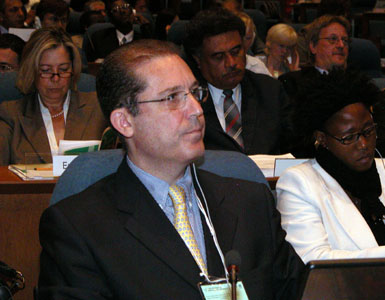
|

|
|
BRAZIL reported on national implementation.
Above photo: Hadil Fontes Da Rocha Vianna (Brazil)
|
India, on behalf of the
LIKE-MINDED MEGADIVERSE COUNTRIES, emphasized: capacity building; the
financial mechanism; notification; and the need to decide urgently on
elements of documentation.
Above photo: Suresh Chandra (India)
|
|
|
|
|
|
|
|

|
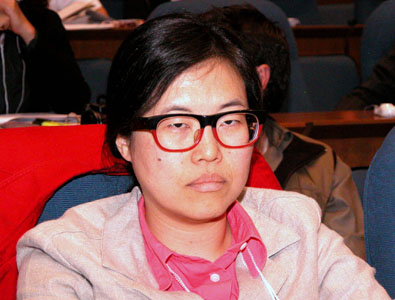
|
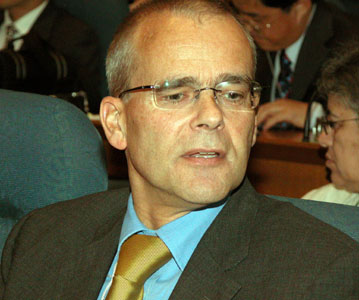
|
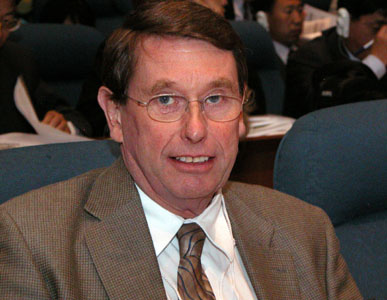
|
|
|
|
|
|
|
Above
photos L-R: Philip Dale, Public Research and Regulation
Initiative, noted the lack of public research sector involvement in
the Protocol’s negotiations; Akiko Frid, Greenpeace
International, presented a case of contamination in Japan
involving genetically modified (GM) canola shipped from Canada; Klaus
Schumacher, the International Grain Trade Coalition, expressed
concern regarding the Protocol’s impacts on the efficiency
and cost of bulk trade in commodities; Simon Barber, the Global Industry Coalition, said capacity building is
critical for the Protocol’s implementation, and expressed
concern that few import decisions and risk assessments have been
registered with the Biosafety Clearing House (BCH).
|
|
|
|
REPORTS:
|
|
|
|
|
|
Compliance Committee:
|
Liability and redress:
|
Financial Mechanism:
|
|
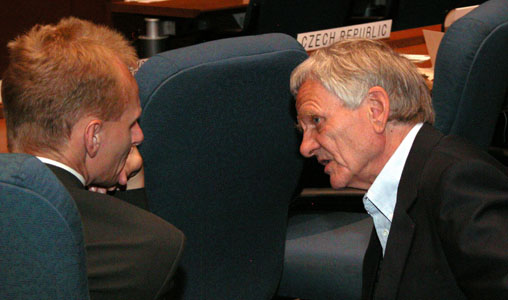
|
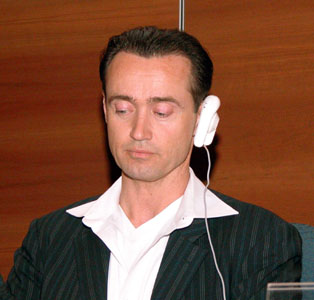
|
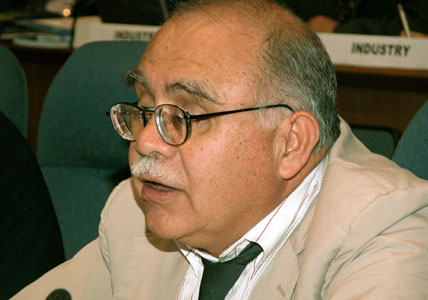
|
|
|
|
|
|
Above
photos L-R: Compliance
Committee Chair Veit Koester (Denmark) introduced the report
of the Committee’s first meeting, including its annexed draft
rules of procedure and workplan submitted to the COP/MOP for
approval; René Lefeber (the Netherlands), Co-Chair of the Ad Hoc Open-ended Working
Group of Legal and Technical Experts on liability and redress,
reported on the meeting held in Montreal immediately prior to the
COP/MOP-2; Mario Ramos, the Global Environment Facility,
reported on its relevant activities.
|
|
|
|
|
|
WORKING GROUP I
|
|
|
|
|
|
|
|
|

|

|
|
Above
photos L-R: The WG-I dais with Worku Damena Yifru (CBD), WG-I
Chair Birthe Ivars (Norway), Kirsty Galloway Mclean
(CBD) and Ryan Hill (CBD); WG-I Chair Ivars (Norway)
|
|
|
BIOSAFETY
CLEARING-HOUSE:
|
|
|
|
|
|
|
|
|
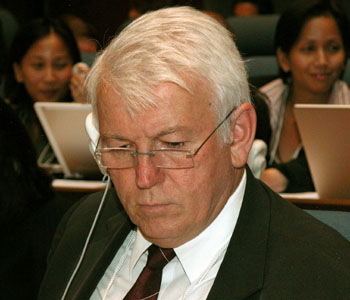
|

|
|
The FAO described the
International Portal on Food Safety, Animal and Plant Health,
stressing FAO’s commitment to interoperability with the BCH.
Above photo: Robert Ivess (FAO)
|
SWITZERLAND called for a focus on the structure and function of
the BCH central portal.
Above photo: Albert Spielmann (Switzerland)
|
|
|
RISK ASSESSMENT AND MANAGEMENT:
|
|
|
|
|

|
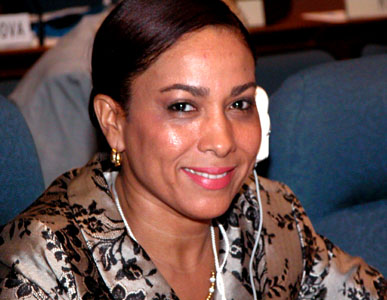
|
|
UKRAINE said that
guiding principles on risk assessment and management should include
minimum requirements and allow for national-level flexibility.
Above photo: Sergiy Gubar (Ukraine)
|
PANAMA supported
establishing a subsidiary scientific body to elaborate guidelines on
risk assessment and management.
Above photo: Marisol Dimas (Panama)
|
|
|
|
|
WORKING GROUP II
|
|
|
|
|
|
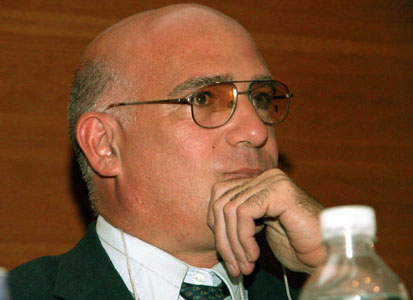
|
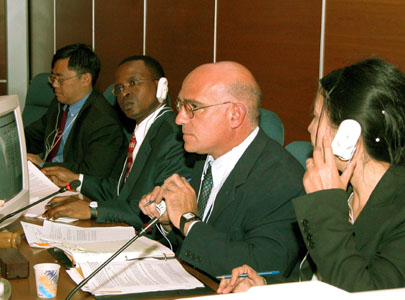
|
|
Above photos
L-R: WG-II Chair Orlando
Santos (Cuba); WG-II dais with Yibin Xiang (CBD), Erie
Tamale (CBD), WG-II Chair Santos and Xueman Wang
(CBD)
|
|
|
|
|
CAPACITY BUILDING:
|
|
|
|
|
|
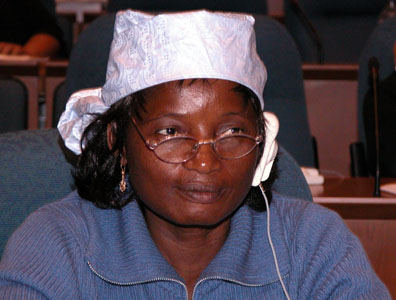
|
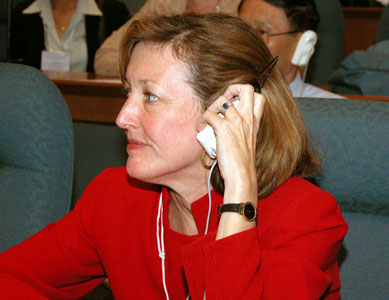
|
|
CAMEROON called for
strengthening research for country assessments. Above photo: Mary
Fosi Mbantenkhu (Cameroon)
|
The US recommended
focusing on exports of LMO-FFPs and LMOs for research. Above photo: Claudia
McMurray (US)
|
|
|
|
|
|
|
|
|
This service was prepared in
cooperation with the CBD Secretariat
|